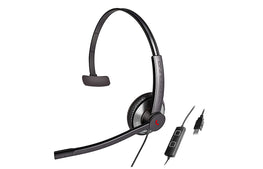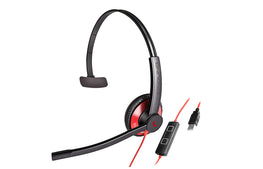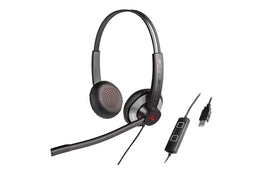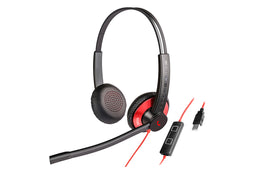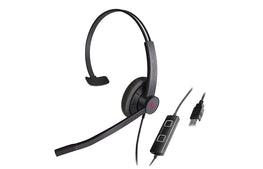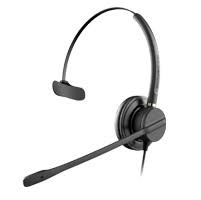
The growing realm of voice recognition in healthcare
In the increasing digitisation of all industries, new tools can take some time to mature. While recently developed products can tout a number of enticing benefits promising efficiency and ease-of-use, rarely are the first iterations of products as effective as users would like.
Voice recognition software has existed in one form or another since the 1950s, according to PC World. With six decades of evolution and refinement, modern voice recognition applications are a far cry from the primitive early technology. Apps such as Apple's Siri, Google Assistant and Microsoft's Cortana are commonplace in most digital devices nowadays, and more people are using voice control than ever before.
That said, for industries such as healthcare, implementing voice control is about more than just convenience – the tools need to be reliable enough to ensure doctors' notes and patient records are accurate. If the rate of growth in the industry is any indication, it appears that the effectiveness of modern voice recognition tools are up to the task.
Impressive growth in voice recognition adoption
Globally, the market for voice recognition software is expected to show a compound annual growth of 9.4 per cent through 2019, according to research conducted by ReportsnReports, with increased demand in the healthcare sector a vital element of that strength.
The driver of this increased adoption of the tools in healthcare is the ease of integration into electronic health records (EHR), although it has admittedly taken time for some organisations to gain the buy-in from physicians and other medical professionals.
Speaking to Business Solutions, Dr Bud Lawrence, director of risk management at Henry Mayo Newhall Memorial Hospital in California, commented on the potential of voice recognition, once people familiarise themselves with it.
"The underlying theme is that technology is good. Although they may seem counterproductive when you first look at them, and don't understand the full scope of what they can do, once you spend just a little bit of time looking into the products that are out there and understand what voice recognition can do, there's so much power there," he said.
Unleashing the power of voice recognition technology
The American College of Physicians notes that research published in the Journal of Medical Internet Research in March of 2015 showed two areas where speech-to-text solutions were significantly improving the workflows of doctors.
Firstly, the speed at which notes can be taken increased by 26 per cent for those who favoured speech recognition over traditional typing or handwriting. Additionally, the technology allowed for more comprehensive notes – 649 characters per report versus 356.
The second key benefit found in the research related to interruptions when generating patient notes. Physicians still typing notes dealt with an average of 5.33 interruptions per hour, while those with voice recognition software encountered just 3.47, likely due to the greater speed at which they can work. It may not seem like a major concern, however, the impact of interruption can have ramifications for more than just admin efficiency.
"Any time someone is interrupted in their thought process, there's a higher risk for a task to be incomplete," said Jonathan dela Cruz, MD, lead author on the report. "So the more times you get interrupted, the more at risk you are for creating a medical error or creating a delay in care."
Experience the benefits of Dragon Medical One
Voice recognition software – like any other digital technology – is constantly being refined and improved, with more features and benefits with each iteration. With Dragon Medical One, out-of-the-box accuracy has been increased, while the new profile menu allows physicians to add multiple audio sources to their setup, supporting both a built-in microphone and external headsets.
Speak to Voice Recognition Australia today to get the latest in speech-to-text software for your medical practice.

